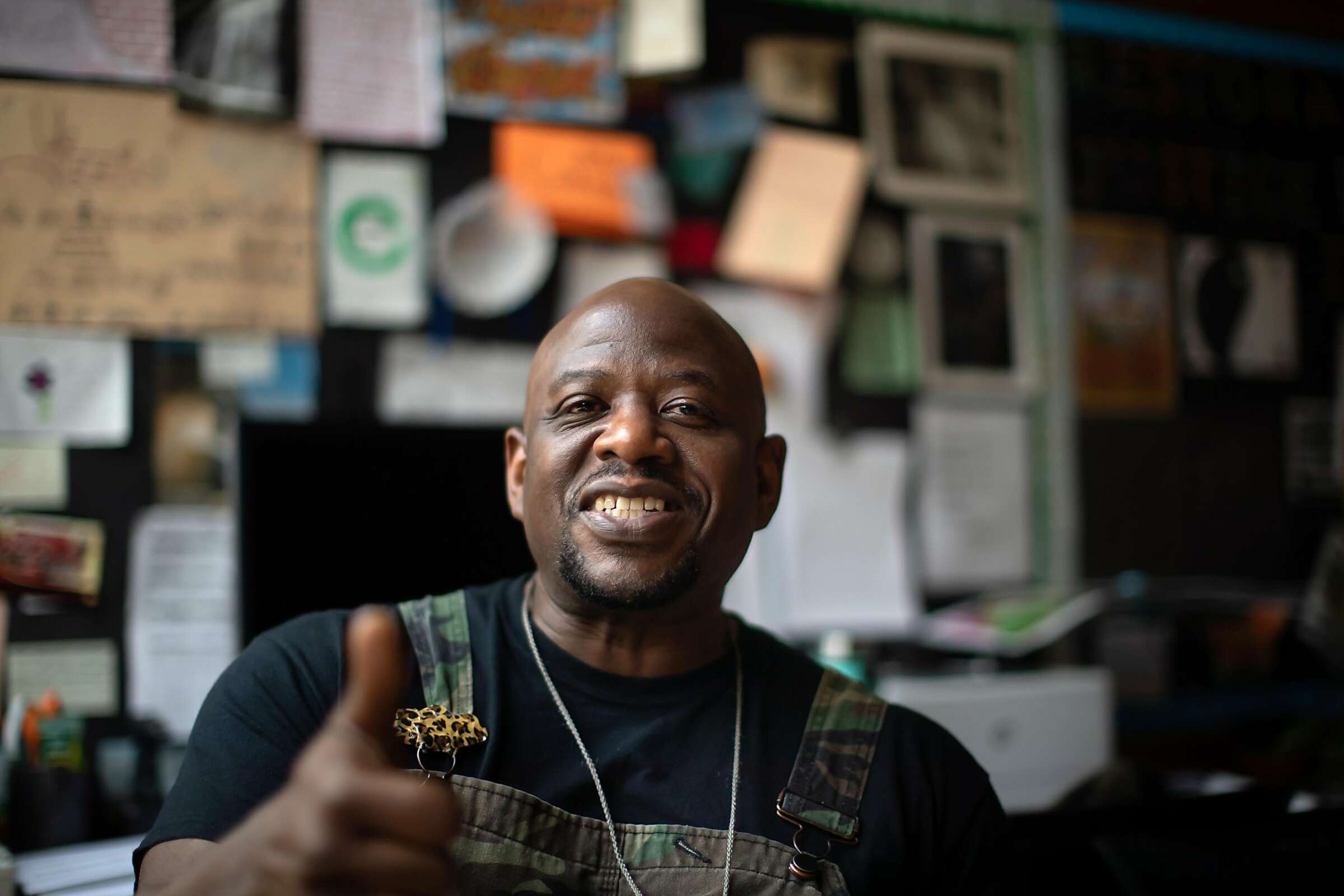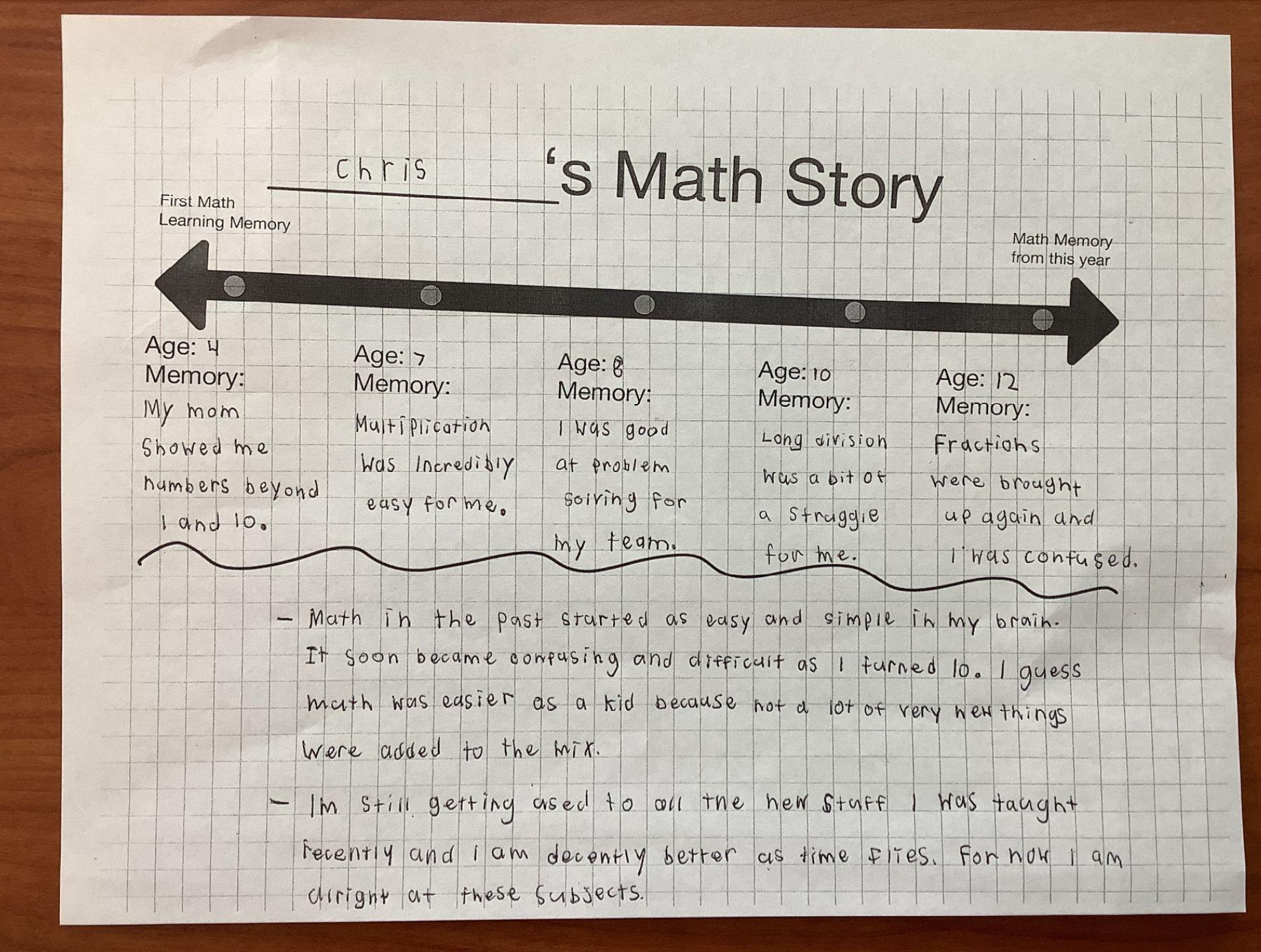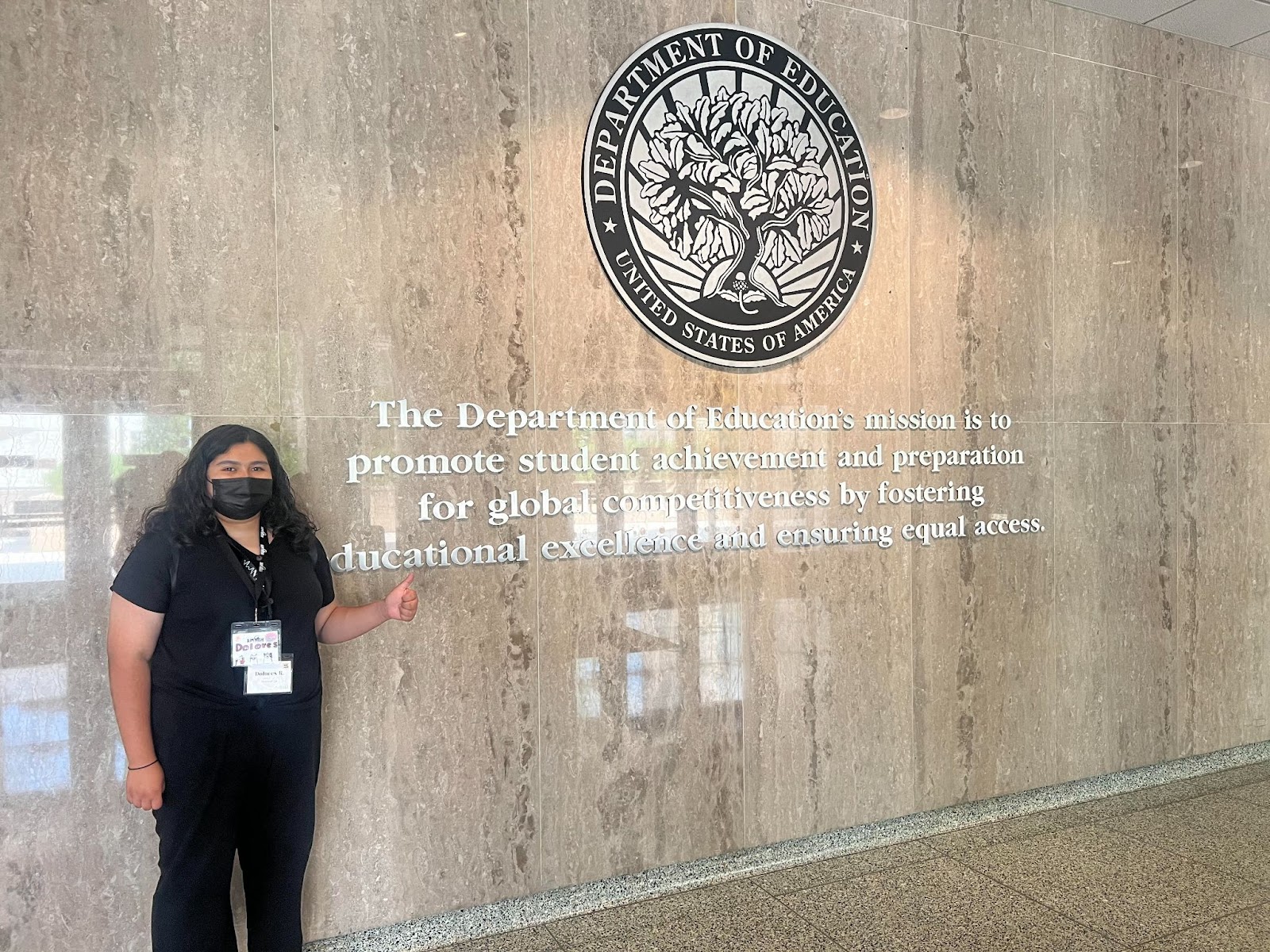“At Fruitvale Aim High, restorative justice is one of the cornerstones of our program. These practices not only repair the harm between individuals, but also get to the root of an issue. With assistance from the facilitator, we develop agreements and accountability for all parties and build strong classroom culture and authentic relationships between students and adults. This past summer, our veteran teachers took it a step further and had students be the circle keepers/facilitators themselves. It was a phenomenal experience to witness: students met the challenge and led powerful community circles, engaging with and learning from their peers and the adults. Mr. Gibson is the BEST facilitator and an all around amazing person.” Testimonial from Dr. David Ramirez, Aim High Site DirectorQ&A with Ta-Biti Gibson, Aim High Student Support Specialist How do you define restorative justice? For decades, K-12 Black boys were being expelled from school disproportionately to their peers, and it was deemed a civil rights violation. The federal government intervened to combat punitive measures (such as extremely high rates of school suspensions). The timeframe for restorative justice practices is much more involved than simply sending a child home for a few days, hoping they’ve learned their lesson. Restorative approaches require the community to hold all parties accountable through conversations. To me, restorative justice is where people in a community are intentional and direct about being in relationship with each other. It’s a way of being, both practically and fundamentally. It’s about creating a container so that whenever inevitable conflict arises, you have practices to deal with it. It’s as simple as how we walk around in community with one another. How did you come to find restorative justice (RJ) practices? I had learned so much during my travels to Ethiopia, where gathering in circles to resolve conflict or check in with the community was standard in both schools and the municipal court system. So, once I was back in the U.S, I started meeting with Black men for what we called “groundings” – gatherings that were held once a month in the hills on New Moons where we would discuss plans to make our communities stronger. At the time, I was working at a school and the principal suggested that I take on the schools’ “On Campus Suspension” area, which I declined initially, but later renamed the space “On Campus Restoration”. The room was in the furthest corner of campus– a setup that was not at all conducive for young people to be involved at school. So I asked the principal whether I could make some changes. I started by painting the walls, cleaning the floors, installing a simple sound system and getting some aromas out…by Monday students were walking into an entirely different space where they were seen and heard. We started talking through conflict using Circles (note: circle is a specific tool within restorative practices where harm to the community is repaired by bringing together the person who did the harm and the receiver of that harm, as well as their support system) and I saw the transformative power of this approach. What are some examples of restorative practices? “Circle” is a deep and intentional method of community building. If you’re operating in a restorative way, the adults have to own the Circle, which can be a temperature check or function as conflict resolution (ie. resolving disagreements between adults and/or students). The goal of circle is to help build trust amongst members of the school community. What would be interesting for people to know about your work? I want people to know that this is not a program; you can’t simply implement it and expect it to happen. It’s a cultural shift within community members themselves, and it takes WORK! It also takes time to flower and blossom – you can’t go from punitive to restorative overnight. Human beings don’t change that quickly. Don’t just try it for 3-6 months. It might feel clunky and awkward, but don’t give up on it. Adults are generally skeptical, they might say, “Ok, we’re going to sit in a circle and that’s going to fix it?”) But this is a practice that people have to sense and feel. I come with my authenticity, confidence, and my drive because I know it works. Restorative practices are always about storytelling from all sides. You ask people to see each other. You don’t have to trust it – just be a part of it. What’s a good starting place to learn more about restorative practices? There are so many good resources, but folks can check out the following organizations:




